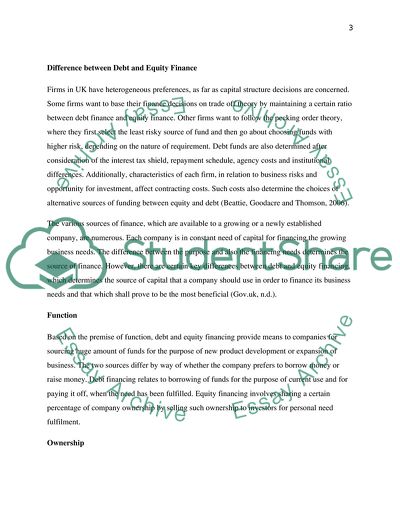Cite this document
(Financing a UK listed fashion retailer Assignment, n.d.)
Financing a UK listed fashion retailer Assignment. https://studentshare.org/finance-accounting/1809017-financing-a-uk-listed-fashion-retailer
Financing a UK listed fashion retailer Assignment. https://studentshare.org/finance-accounting/1809017-financing-a-uk-listed-fashion-retailer
(Financing a UK Listed Fashion Retailer Assignment)
Financing a UK Listed Fashion Retailer Assignment. https://studentshare.org/finance-accounting/1809017-financing-a-uk-listed-fashion-retailer.
Financing a UK Listed Fashion Retailer Assignment. https://studentshare.org/finance-accounting/1809017-financing-a-uk-listed-fashion-retailer.
“Financing a UK Listed Fashion Retailer Assignment”. https://studentshare.org/finance-accounting/1809017-financing-a-uk-listed-fashion-retailer.


